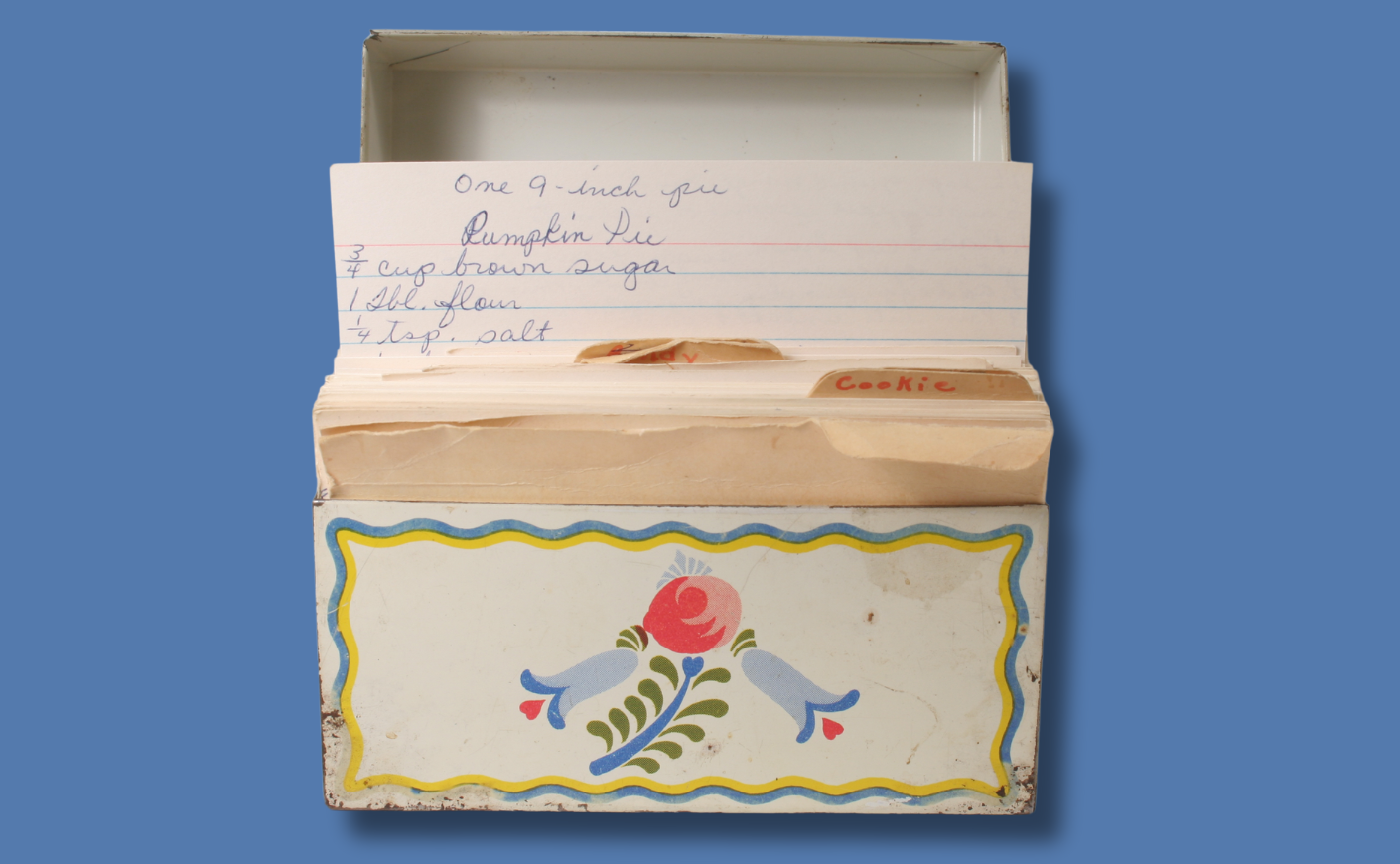If you’re a fervent home cook with a stellar repertoire, friends have probably begged for that famous mac and cheese recipe or your extra-special secret to the best chicken soup. But have you ever considered actually gathering your collection of worn recipe cards and assembling them into a real cookbook?
There are plenty of reasons to try it: You can preserve family favorites as an heirloom for your loved ones, you can hard-launch a self-publishing journey, or you can even take a shot at the big, wild world of traditional publishing. You can draw on your own experience in the kitchen or go out into the world to learn about new-to-you cuisines. But you may be wondering how to actually do the thing: formulating and testing recipes, developing your own culinary point of view, and even telling stories about the dishes you love.
We caught up with James Beard Award-winning TV host and cookbook author Pati Jinich, who’s as famous for her effervescent personality as she is for her focus on Mexican home cooking. She recently partnered with notebook brand Levenger to create the workbook How to Write a Cookbook, so she was brimming with practical advice for beginners. We went over her top tips for getting started, testing recipes, and developing a unique point of view.
KCM: What inspired you to embark on this project?
Pati Jinich: I really wish that somebody had given me a manual before I did the pitches for all my cookbooks. The pitch for my first cookbook was rejected 39 times — and I consider my first cookbook to have been very successful. I’m working on my fourth cookbook, and I feel like if I had known everything that I know now, it would’ve made the process so much easier.
I get so many emails from people asking, “How did you write your cookbook? How did you sell it? How did you get it in the stores?” And what about people that want to preserve their family recipes? What about people that want to preserve their recipes from their communities? I really put down everything I learned in regards to putting together a cookbook and getting it out in the world.
What’s your advice for readers who want to develop their own culinary point of view?
You have to know what your niche is. I remember when I was pitching my first cookbook about Mexican food, the response I was getting was, “There’s already too many Mexican cookbooks out there. You have to know what sets yours apart.”
What I was really passionate about was Mexican home cooking. After I moved to the U.S., I saw many of the Mexican cookbooks that existed out there, and it didn’t feel like the food that I knew to be true Mexican. There were quite a few cookbooks out there for Mexican cooking that were punishing in tone: “If you can’t get these chiles from the mountain, then you’re not going to be making true Mexican food.” I’d rather you make enchiladas at home. If you can’t find queso fresco, well, guess what, farmer’s cheese or a mild feta will do. I’d rather you make new things in your kitchen and get acquainted with Mexican cooking.
I think that’s really instilled in How To Write a Cookbook — you have to be true to yourself and what you’re passionate about, and what you want to share or research. It needs to be something that you’re almost obsessed with that you want to share with the world. It can be as defined and specialized as you want. It’s not about what people expect you to do or want you to do, but what are you most excited about? You want to have a clear vision because if not, you’re going to get lost.
Then I walk people through what they want to do with their book. Is it something that you want to do because you want to sell it? You want it to be your profession? You want to do it for your church, your family, or for your heritage? And then it goes from the big idea to step by step. What will you need? You’ll need a list of recipes. You need an idea of how big it’s going to be. Do you want to have photos? Do you want to take the photos yourself? Would you rather do animations? It’s important these days to tell stories with the recipes. You don’t want to get a cookbook that gives you no background.
How do you test and write recipes as a beginner?
I recommend that you make a recipe list before you get started. Say you want to do a book on Greek cooking and you really want it to be balanced. But once you start writing all the recipes, you realize you have too many chicken recipes in there. So you may ask yourself, “Do I want to write a cookbook about Greek chicken recipes?” And if not, then you need to take out some of the chicken and do more vegetables, more sides.
After you make your recipe list, you’ll look at the balance of what you have. I tell people some tips and tricks on how to test, how to not waste extra time, how to take notes, and how to be efficient. Many times when I’m testing a recipe, I will already visualize three ways of making it. For example, if I’m going to make a salsa roja, I may do one that has boiled tomatoes, another that has charred tomatoes, and another that uses raw tomatoes. You’re also testing multiple methods so that you don’t have to start from scratch every single time.
How do you ask other people for feedback?
I test my recipes two to three times — though sometimes it takes me more like eight to 10 tries until I know I’ve nailed it. But even if I’m very happy with the results from the first or second try, I will do it again to make sure that it works. Then I’ll ask friends or family to test the recipe. You always need other people’s eyes and kitchens because your kitchen is not universal. Different ovens work differently. You may be in Colorado where there’s a different altitude.
Then you ask, “Do people need specific tools to make whatever it is that you’re going to recommend? Do they need basic staples or ingredients?” And increasingly, you want to take people on a journey. If you’re writing these for your family, tell us a little bit about your family. I’m inviting people to go deeper so that whatever it is they make will be an heirloom for their community, for their family, for their readers.
What’s your number one tip for publishing a cookbook?
I have a whole section devoted to publishing. I help you decide if you want to self-publish or if you want to find a publisher. No matter what you do, you need to have critical eyes and a group of people that will give you honest feedback. When you want to publish through a publisher and have it be sold out in the world, you have a partner that’s going to be very tough because they’re not going to waste their time or money. They can’t take a risk. So they’re going to really push you to do your best, which ultimately is the best thing for the cookbook.
But when you’re self-publishing and you’re sharing with your friends or family, they’re not going to be that tough. People are not going to want to hurt your feelings. And if you want to sell it, you’re going to have a cookbook that’s not as good [as it could have been].
If you want to work with a publisher, the most important thing to know is that you have one shot. I mean, once you send a pitch, word gets around. People in the publishing world all know each other. So you really have to focus. I give you specific details on what the pitch should have. You need to have a niche. You have to say how your product is different from what exists in the market. It’s a work of introspection.












